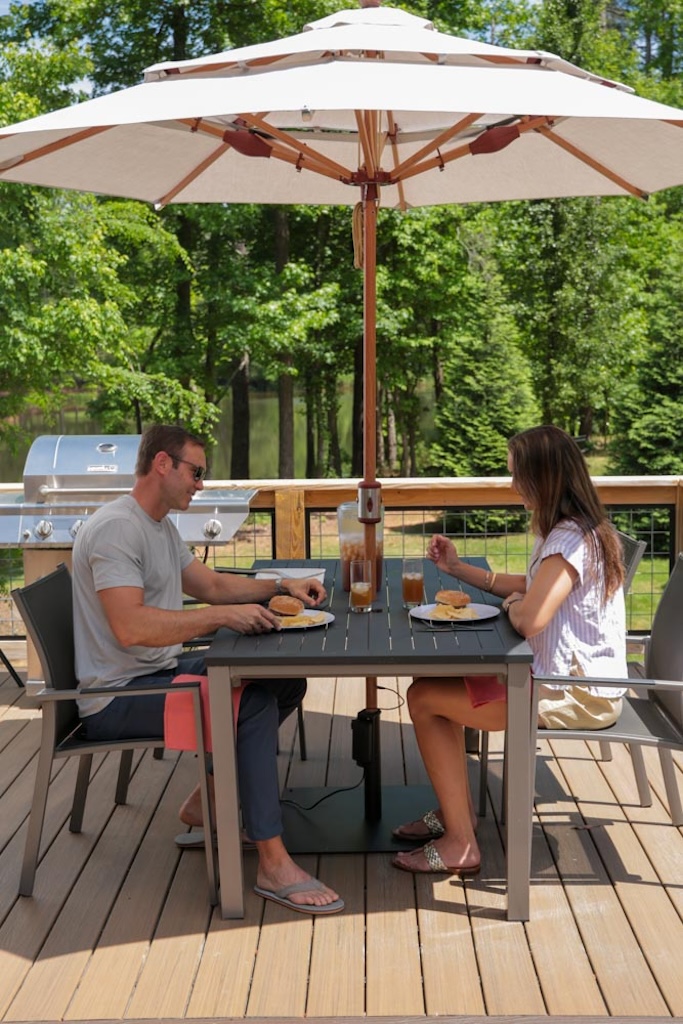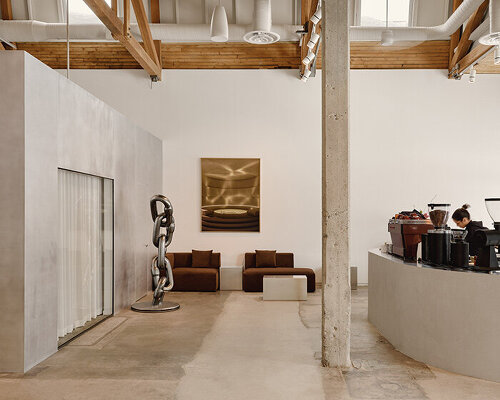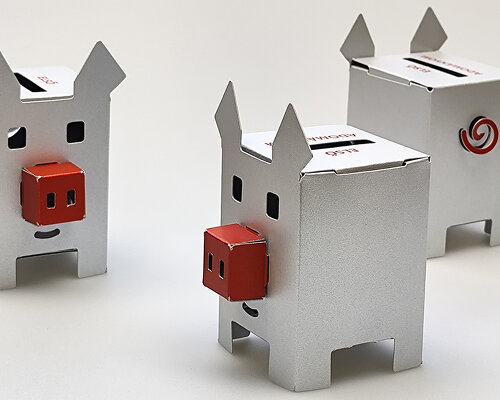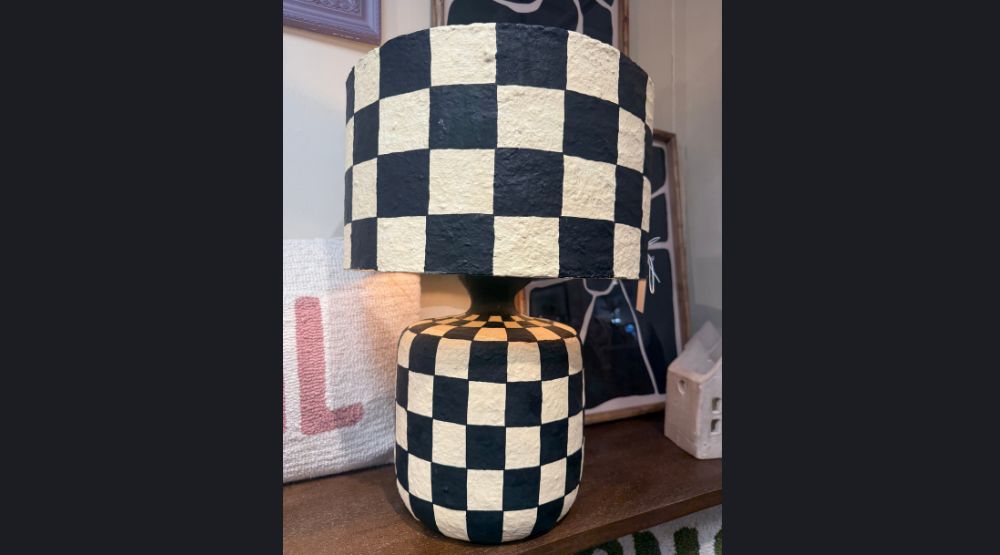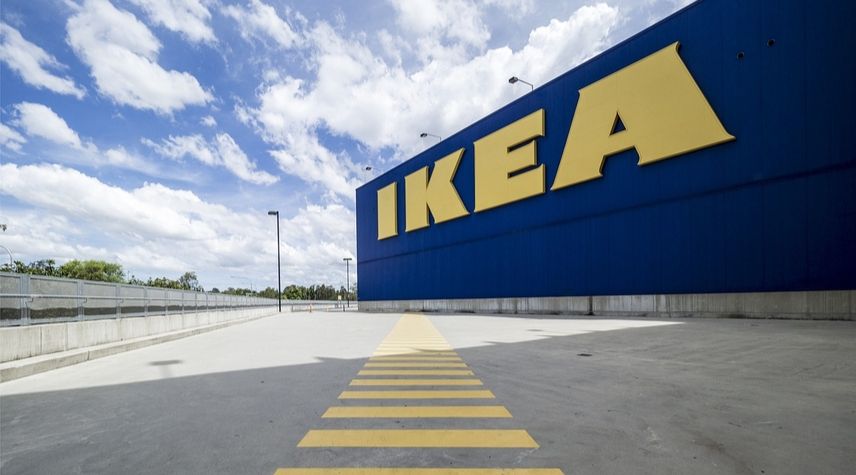5 top retailer questions about tariffs answered

After announcing higher tariffs on more than 180 countries, President Trump has the gift and home industry worried about price increases and the effects on their business. Industry professionals and wholesale brands have responded with their own reactions and plans to the tariffs, but how will the costs be passed down and what does this chain reaction mean for independent retailers in the industry?
Bob Negen of Whizbang Retail Training assures store owners that they aren’t as bad off as they might fear.
“Independent retail stores aren’t nearly as price sensitive as big-box store brands because people are getting an experience in-store; one of the things they’re paying for is the experience in the store. It is going to have an effect, but it’s not going to have nearly the same effect as it will have on big-box brands and stores, where the experience isn’t as important as the assortment and the pricing.”
But independent retailers in the gift and home industry still have plenty of questions on how they should be preparing for any fallout. Here, retail experts address some of the top questions from retailers regarding the effects of the new tariffs.
Should I Increase My Prices?
Many retailers are debating whether they should raise their prices or not. So far, retailers have varied on this issue. Some independent retailers have already increased their prices by 15-2o percent on incoming merchandise and have said they’ll revisit the issue after several months. Others have said they will instead focus their energy on calling vendors and canceling any orders that have too high of a “tariff tax” or price increase, so they don’t have to raise the prices on as much of their stock.
Should Price Hikes Be Communicated?
Inevitably retailers will likely have to increase the costs of their goods to keep up with the price hikes likely to be caused by tariffs, though the top follow-up question is: Should they communicate the price hikes to their customers?
“A big question is, ‘Should I be telling my customers about my price increases due to tariffs?’ Across our community, the resounding answer to this is no, keep it positive,” said Ashley Alderson, CEO of the Boutique Hub, which gathered hundreds of comments from retailers on the subject of tariffs. “This is mostly a B2B concern more than a B2C. Anytime you have a hot political and financial issue like this, it sparks far more negativity than it’s worth.
“Retail is an escape for many consumers, a place to find joy and move away from the political/heated nature of our world today. If you still choose to, a more generic statement could be an option, such as, ‘Yes, our business has been impacted, but we are doing our best to keep (name) the business you’ve always known and loved! Thank you for supporting us, and all small businesses! Shopping small and shopping local keep all of our local and national economies going!’
Negen echoed this sentiment: “Just raise your prices and don’t make a big deal about it,” he advises. “Prices go up all the time; just don’t bring attention to it.”
Alderson added: “No one likes a price hike, but it is the nature of the beast at this time. To prepare, retailers should focus on how they are presenting their products to increase the idea of value. Price is the point at which value and the pleasure of owning a product outweigh the pain of spending your hard-earned money. Value is portrayed through branding, quality photography, merchandising, video, detailed descriptions and brand recognition or affinity.”
Should I Stock Differently?
When it comes to stocking your store with goods this year, Negen says to focus on bestsellers rather than too many experimental items.
“Protect your cash,” he said. “Now is not the time to experiment. You can be strategically experimental, but [buy] really shallow and deep. You want to have your bestsellers and you want your team to know how to sell your bestsellers.”
Alderson said that self-care gifts and low-cost impulse buys are still selling strongly, according to feedback from retailers on her platform, as well as “pieces they can clearly communicate with value.”
“[Retailers] are looking for more domestically made brands and products,” she added, “however, in apparel, they realize that onshore production is less than likely. For these retailers, it is truly a waiting game of policy.”
What Questions Should I Be Asking?
If there was ever a time to regularly communicate with your sales reps and vendors, it’s now! Alderson recommends that retailers reach out to their partners in the industry and ask these questions:
- How will the costs of tariffs be applied to my orders and where will these changes be shown on my invoices?
- What about reorders; will those be affected?
- What are your policies on which dates orders will or will not have fees included? Will there be price adjustments on orders already made, but not yet filled?
- When tariff rates change or decrease, how will those changes be communicated or shown to retailers?
What Else Should I Be Doing?
Being “in this together,” has been a hallmark of the gift and home community for decades, especially since COVID-19, and this new challenge of higher tariffs won’t be met with a different mentality.
So, Negen reminds retailers that they should also be doing what they can to help their sales reps and vendors.
“You want to do everything you can to make your relationship with your reps a relationship. They’re going to be trying to help the people that are trying to help them. That is how you build in the rule of reciprocity. When times get tough, your vendors and reps are going to help people they like first.
“Don’t try to strongarm anybody, don’t get tough. Be helpful. You’re in this together. Be sure they understand that you’re in this together, so you both can get through this together as quickly and easily as possible.”
Alderson recommends that retailers get comfortable with understanding their retail reports. “Sales are a lagging indicator of success, but studying what the leading indicators are is really shifting the focus and action of those winning right now,” she said. “Lean into what can be done with average order value, traffic by channel, acquisition costs and ultimately margin and profit.”
Remember to Breathe
There is still a lot that is up in the air and retailers will have a lot of news and changes to follow, as well as business strategies to pivot.
Overall, Negen recommends that independent retailers first focus on protecting their mindset. “Watch your mentality,” he said. “Every time you see yourself becoming stressed out or paralyzed by fear, do something positive.”
Alderson echoed that comment, saying “Protect your energy and your peace.”
“Remember that the highest highs come after the lowest lows — this too will pass, retailers are resilient and have been through many cycles. What you focus on will become your reality, so spend your energy wisely and use it to build your business so it’s ready to come back even stronger after this uncertain time.”
See also:

